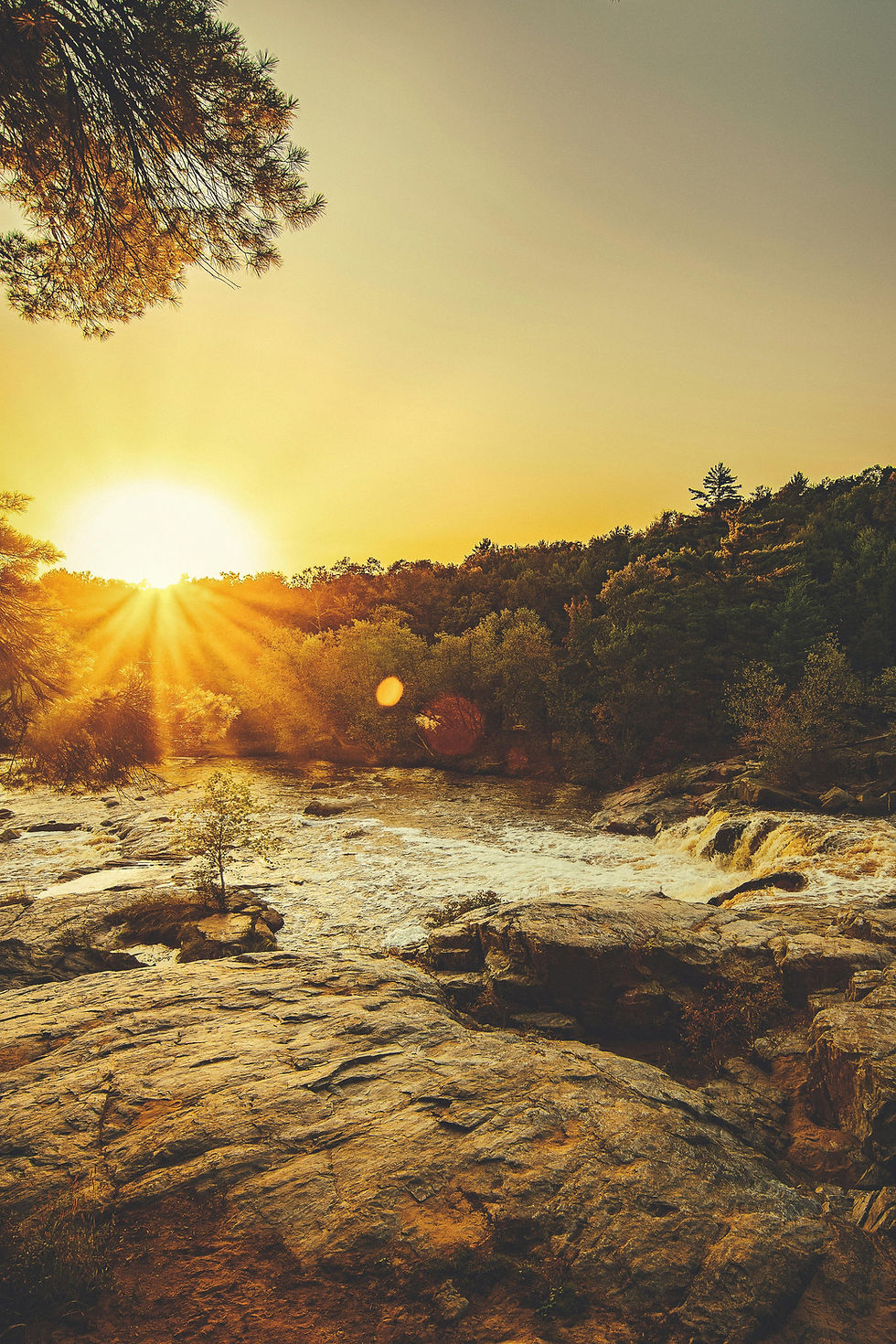5 things about biodiversity we don’t often think about
- Debby Ratnasari

- Dec 10, 2021
- 4 min read
Biodiversity – short for biological diversity – is the variety of life on Earth: from the rare Attenborough’s pitcher plant to all 7.8 billion human beings on Earth.
It’s easy to dismiss biodiversity as something that only nature conservationists care about, but here are 5 things about it which may pique your interest.
1. It holds the answers to important cures
Biodiversity holds crucial benefits to humanity, and a tangible and practical example is medicinal use. We’re not just talking about medicinal herbs which relieve common ailments like fevers or migraines, but potentially life-saving medicines as well.

The bark of the Cinchona tree by H Zell
As much as 70% of cancer drugs are natural or are synthetic products inspired by nature. For example, Paclitaxel (Taxol), one of the most commonly used chemotherapy drugs, was derived from the bark of the Pacific yew tree. Quinine, an ingredient originating from the bark of the Cinchona tree, is the basis for modern anti-malarial drugs such as chloroquine, which is now also being tested for treatment of the COVID-19 virus. And of course, we can’t forget penicillin, one of the first antibiotics which was derived from a mold!
2. It is largely, but not all about, species richness
A common measure of biodiversity is the number of species in an area or species richness. The Amazon, for instance, is a highly species-rich area which is home to 25% of the world’s terrestrial biodiversity, and more fish species than any other river system in the world.
Biodiversity is not just a numbers game, however. Non-native species introduced to an area may increase the overall count of species but still cause biodiversity loss by harming native wildlife populations. In Australia, for example, many non-native species which were introduced since the arrival of the first European settlers in the late 1700s -- such as feral cats, cane toads, rabbits, and ants -- are responsible for destroying habitats or killing native species endemic to Australia.
An even distribution of different species within an area (such that there is no domination of a particular species), and the presence of less closely related species with different functional roles, also contribute to biodiversity.

Oil palm plantations: Not the most biodiverse place in the world.
Photo by Nazarizal Mohammad
3. Much of it is already lost
The bad news is that a big part of biodiversity has already been lost. In 2009, an international group of scientists identified nine planetary boundaries which define a safe operating space for humanity and which must not be transgressed to avoid disastrous environmental change. The rate of biodiversity loss is one such planetary boundary, and it has already been massively transgressed.
Whilst species extinction is a natural process, it is currently happening about 100 to 1,000 times faster than what could be considered natural. In fact, the last time that our planet saw this level of species extinction was during the last global mass-extinction event -- the one involving dinosaurs, that is.

Did someone call me?
Photo by Jon Tyson
4. Mankind already has the answers for fixing it
It is indisputable that human activities are responsible for the rapid loss of biodiversity, but no need to whip out the ray-gun to zap humans into trees just yet!.
In their 2019 Global Assessment Report, the Intergovernmental Science-Policy Platform on Biodiversity and Ecosystem Services (IPBES) concluded that indigenous peoples and local communities have often managed their landscapes and seascapes in ways that were adjusted to local conditions over generations and that these management methods often remain compatible with, or actively support, biodiversity conservation.
What this means is that it is possible for humans to live in harmony with nature, and even help it thrive. But we have to preserve and tap into the knowledge and wisdom of local and indigenous peoples, which are also increasingly threatened by modernity and urbanisation.
5. If left alone, it is highly resilient
An amazing thing about biodiversity is its natural resilience -- nature has a way of bouncing back from challenges thrown at it, from forest fires to extended wet or dry spells. But we have to give it time and refrain from taking too much from it, or we risk eroding that natural resilience as well.

Photo: U.S. Department of Agriculture, Public domain, via Wikimedia Commons
If you’re interested in finding out how you can help protect and restore our biodiversity, stay tuned with weMORI!
Sources:
IPBES. (2019). Summary for policymakers of the global assessment report on biodiversity and ecosystem services of the Intergovernmental Science-Policy Platform on Biodiversity and Ecosystem Services. IPBES secretariat, Bonn, Germany. Retrieved from URL: https://ipbes.net/sites/default/files/2020-02/ipbes_global_assessment_report_summary_for_policymakers_en.pdf
NCI. (22 March 2019). Nature’s Bounty: Revitalizing the Discovery of New Cancer Drugs from Natural Products. National Cancer Institute. Retrieved from URL: https://www.cancer.gov/news-events/cancer-currents-blog/2019/cancer-drugs-natural-products-nci-program
Baraniuk, C. (20 March 2020). Chloroquine for COVID-19: Cutting Through the Hype. The Scientist. Retrieved from URL: https://www.the-scientist.com/news-opinion/is-hype-over-chloroquine-as-a-potential-covid-19-therapy-justified--67301
World Bank. (22 May 2019). Why the Amazon’s Biodiversity is Critical for the Globe: An Interview with Thomas Lovejoy. Retrieved from URL: https://www.worldbank.org/en/news/feature/2019/05/22/why-the-amazons-biodiversity-is-critical-for-the-globe
Plein, M. & Shine, R. Australia’s Silent Invaders. Australian Academy of Science. Retrieved from URL: https://www.science.org.au/curious/earth-environment/invasive-species
Vellend, M. The Biodiversity Conservation Paradox. American Scientist. Retrieved from URL: https://www.americanscientist.org/article/the-biodiversity-conservation-paradox
Rockström, J., Steffen, W., Noone, K. et al. (23 September 2009). A safe operating space for humanity. Nature 461, 472–475. Retrieved from URL: https://www.nature.com/articles/461472a
Australia State of the Environment. (2016). Evidence of past resilience. Retrieved from URL: https://soe.environment.gov.au/theme/biodiversity/topic/2016/evidence-past-resilience



Comments